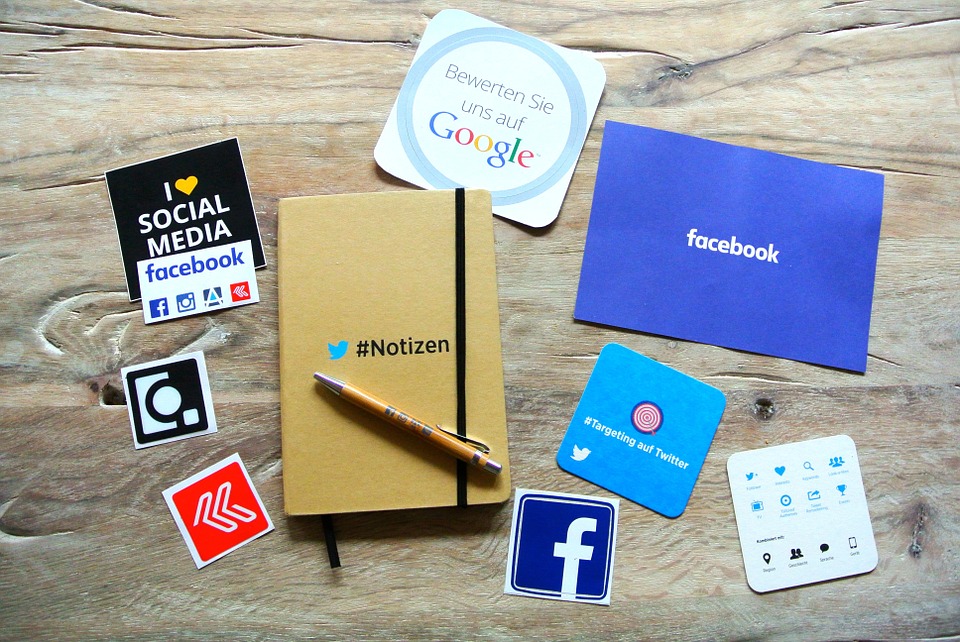
Can Influencer Marketing replace classic advertising?
PR & Marketing
Posted 16 Nov 2017
For a long time now, companies have the problem that their advertisement campaigns are not perceived properly anymore and are partially considered as unreliable. Classic print advertising is often not worth its money anymore because many people don’t read print newspapers but inform themselves online. Especially the younger generation also doesn’t watch movies and TV shows on television anymore but on Netflix, Amazon Prime and other advertising free platforms. In addition, ad-blockers are often installed, so that users cannot even be reached with ads on websites they often visit.
Therefore, companies have discovered influencer marketing which we have already explained in another blog post. Influencer marketing becomes more and more important, not just in the consumer but also in the B2B sector. In classic advertising, famous people have already been used as testimonials for commercials. According to this principle, influencer marketing tries to reach potential customers but in a slightly different way.
This marketing strategy uses “real” people with whom it is easier to identify. No celebrities like singers, actors or athletes are deployed, but bloggers and Instagram or YouTube stars. Like in real life, people trust opinions of friends or acquaintances. That’s why influencer marketing works with opinion leaders whose recommendations you can trust. So, are these influencers more powerful than classic advertising as we know it?
Influencer marketing especially convinces with credibility. Customers trust that their favourite bloggers tell their honest opinions about a product. Therefore, it is important that the influencer is an authentic and trustworthy person. A spontaneous photo in front of a mirror is more appealing to the followers than a picture from a scheduled photo shooting that was taken only to promote the new product. In contrast, classic advertising campaigns only allow addressing a mass of people and it is difficult to build up trust. That is a big difference. Because who would really believe that Jerome Boateng from FC Bayern Munich builds up his fitness with burgers from McDonald’s or that a famous model dyes her hair with a cheap product from the discounter.
In addition, certain target groups can be reached more easily with the help of influencer marketing. For example, if a company wants to promote cosmetic products, it is able to reach people who can review or recommend the product on channels like Bibis Beauty Palace. This is different in classic advertising. People follow a soccer player because they are interested in his sports performance. If he then promotes an anti-dandruff shampoo or the latest shaver on his social media channels, lots of his followers may have little relation to it.
Moreover, advertising banners or advertising on television during a consumer’s favourite TV show are seen as disturbing or are not even perceived. According to an American study that was conducted by Collective Bias, consumers spend up to seven times more time watching an influencer post than an advertising banner. However, influencer marketing can also be perceived as disruptive if the reader suddenly gets the feeling that he has been manipulated if the product is promoted on many channels. Therefore, it is important to pay attention to a healthy amount of social media advertisements.
In the past, companies have run their marketing campaigns exclusively on their own and have thus addressed the customers directly. In this way, they have built up their image and promoted their own vision. With influencer marketing, the sender is a third party. This means that the product is not only associated with the company, but also with the influencer. This results in a loss of control for the advertising organization.
In conclusion, it seems that influencer marketing is the reason that classic advertising becomes less important. However, it has not been replaced completely. Regarding facts and content, classic advertising is more correct, offers more information about the respective product and is more meaningful. On the other hand, influencer marketing is a logical consequence of technical and social developments and offers many opportunities for companies. Influencer marketing is not only an ephemeral phenomenon but an inherent part of marketing strategies. However, influencer marketing is still at the beginning of its development and has to be professionalized with regard to surreptitious advertising or legal foundations but it can definitely be considered as a promising advertising measure. Nonetheless, it is not useful to focus completely on influencer marketing and hope to be successful only with this one measure.